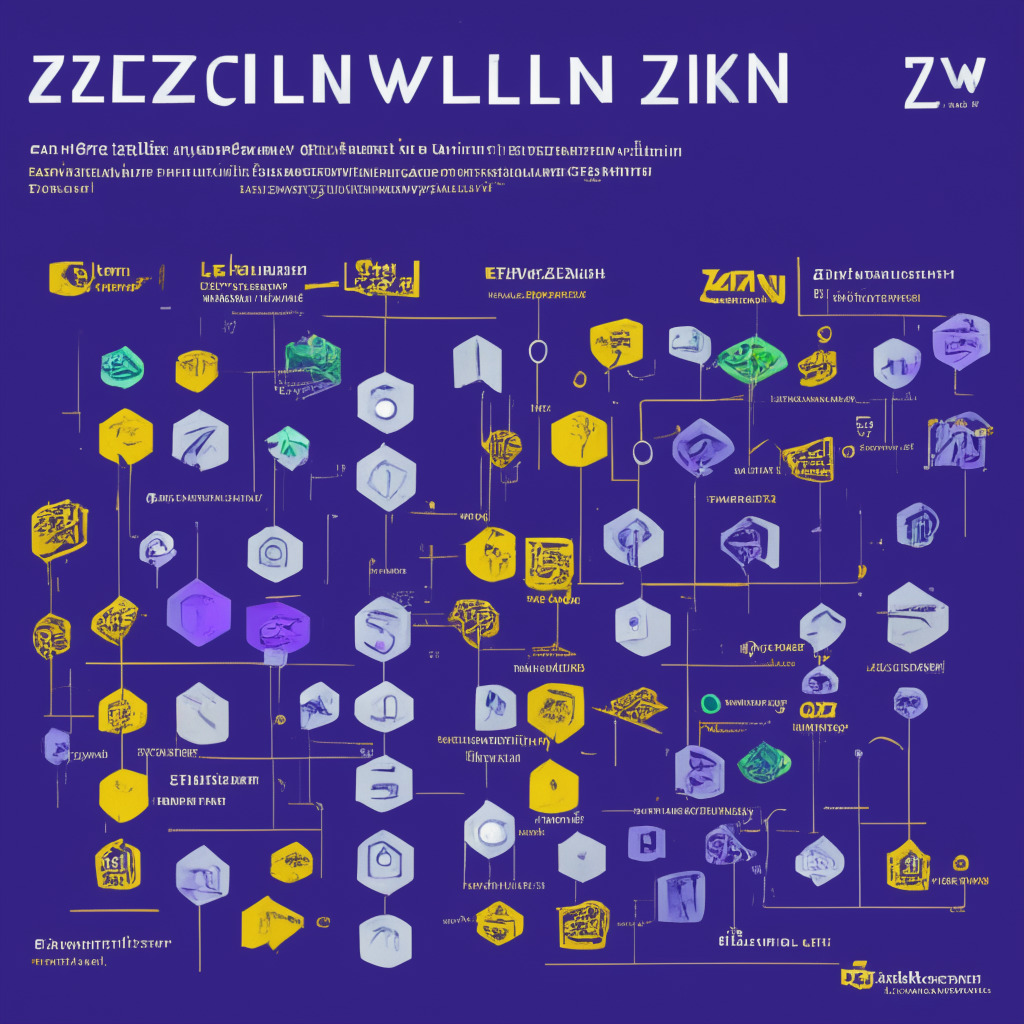Bitcoin continues to gain traction amongst investors, with over 1 million addresses now holding at least 1 BTC. This growth in so-called Bitcoin “wholecoiners” implies that the cryptocurrency may become increasingly unattainable for the average individual. According to Adam Back, co-founder and CEO of Bitcoin firm Blockstream, this surge could lead to hyperbitcoinization, a scenario where Bitcoin replaces traditional financial institutions as the dominant value system.
On the flip side, others argue that centralized systems based on fiat currencies are still far superior to cryptocurrencies for everyday transactions. Neel Kashkari, president of the Minneapolis Federal Reserve Bank, questioned the need for central bank digital currencies when apps like Venmo already facilitate instant payments. In his view, no one has been able to articulate a distinct problem that Bitcoin—or any other digital currency—can solve better than current financial instruments.
Meanwhile, cryptocurrency adoption continues to spread. Robert F. Kennedy Jr. became the first US presidential candidate to accept campaign donations in Bitcoin. During his announcement, he lauded the cryptocurrency as a “symbol of democracy and freedom,” indicating that digital currencies find support across various sectors in society.
However, the rapid growth of the crypto market has not been without its challenges. Coin Cafe, a cryptocurrency trading platform, was recently ordered to repay $4.3 million to its users after allegedly charging excessive and undisclosed fees on Bitcoin storage, depleting some accounts entirely. Additionally, cybersecurity firm Kaspersky warned of fake hardware wallets pretending to be legitimate Trezor products, which allow hackers to steal users’ crypto assets by replacing the firmware.
Although strong returns from the likes of BTC, Ether (ETH), and XRP have contributed to a growing market cap that now exceeds $1.13 trillion, market analyst Income Sharks suggests that macroeconomic hurdles could prevent Bitcoin from reclaiming its yearly highs. A potential $1 trillion liquidity crunch due to a higher US debt ceiling might impact the cryptocurrency.
As the world grapples with the benefits and challenges of cryptocurrencies, the question remains: will Bitcoin and other digital currencies eventually lead us into a new era as a dominant value system, or will traditional financial institutions prevail in the long run?
Source: Cointelegraph




